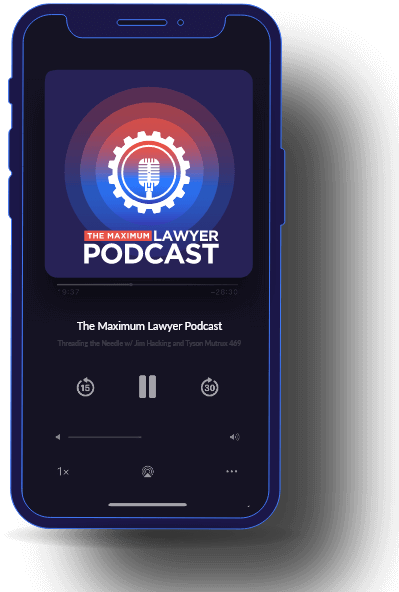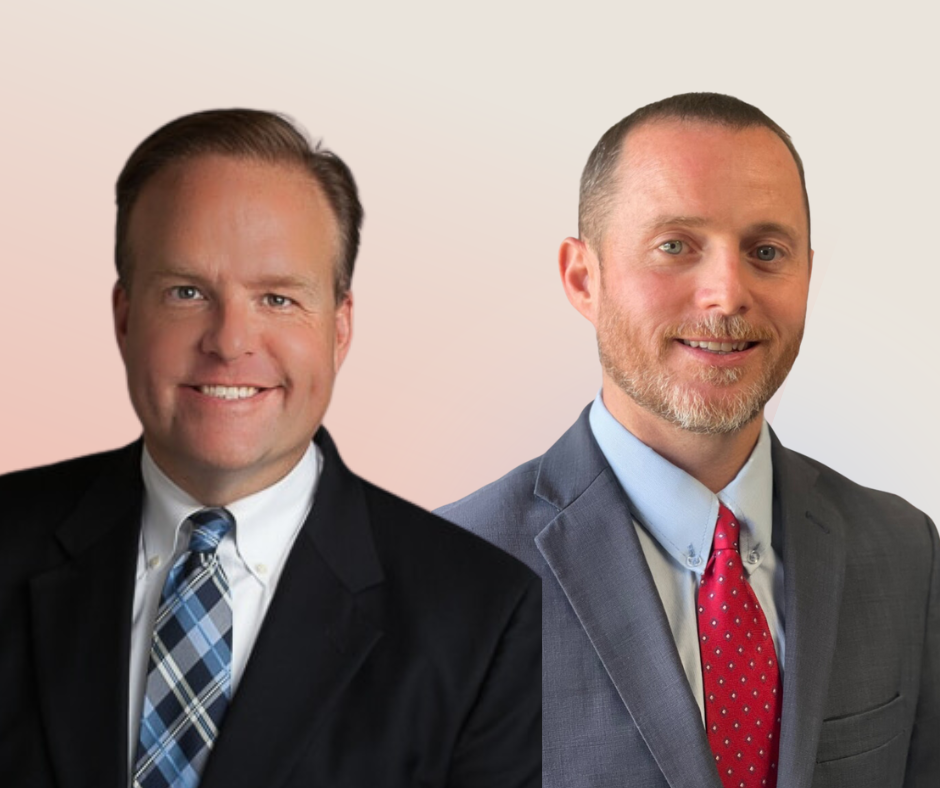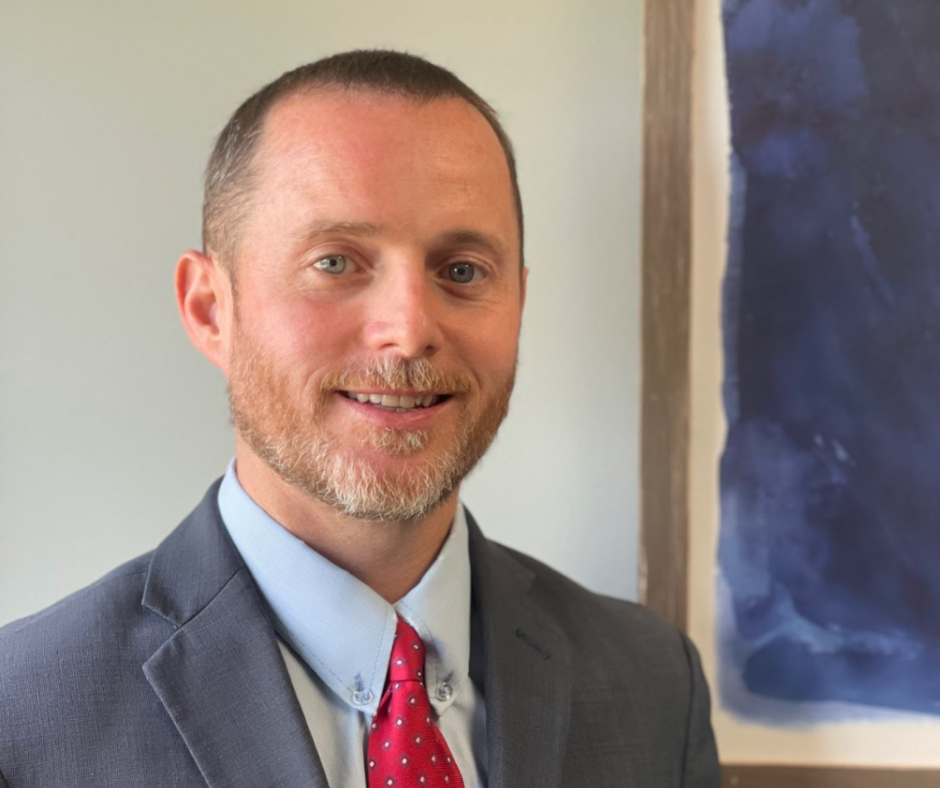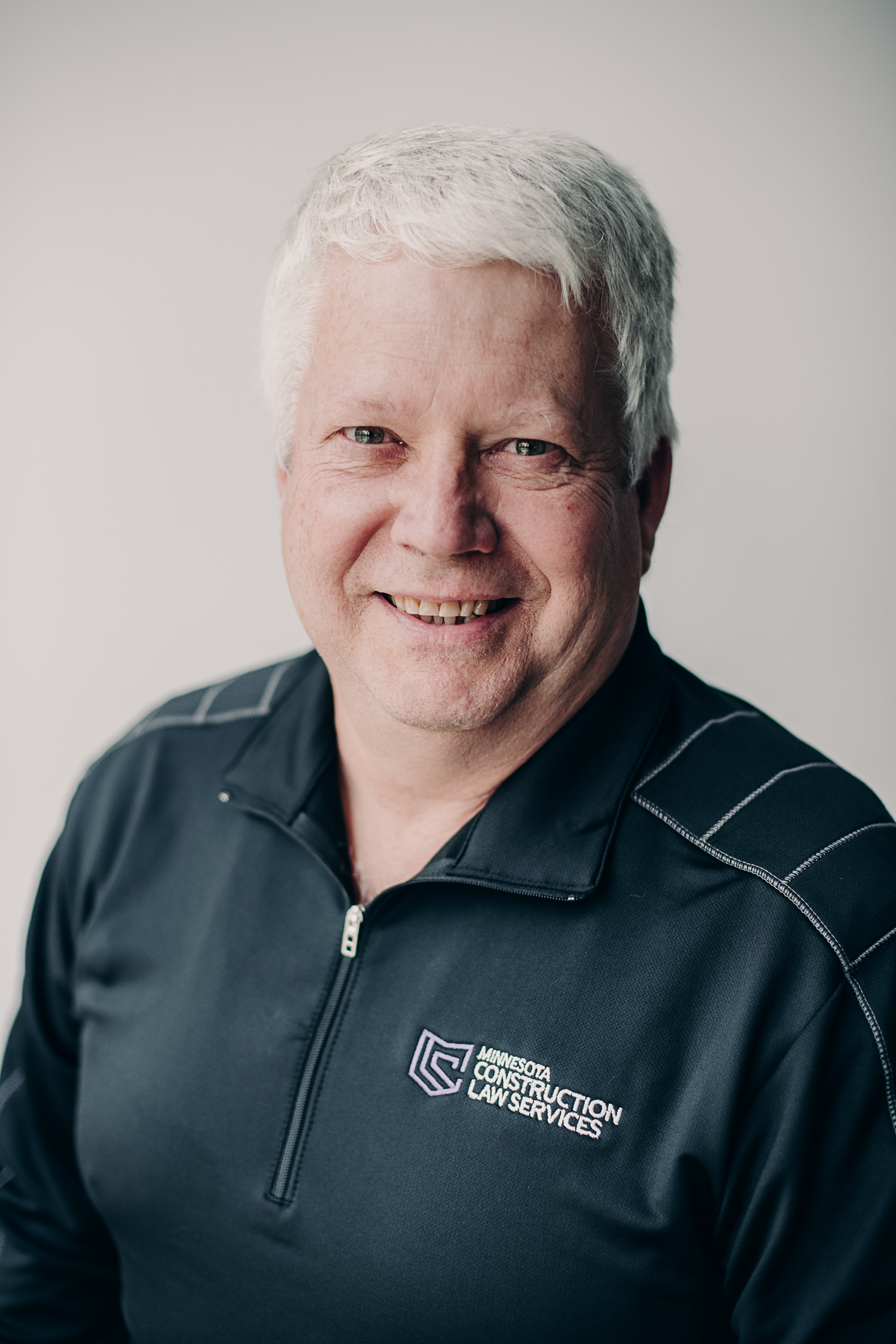Do you struggle with keeping realistic expectations? In this episode of the Maximum Lawyer Podcast, Tyson and Jim share their insights on unbridled optimism and how it relates to the field of law.
If you just market to the people who are already in your tribe, it is cheaper and more effective.
In this episode Jim and Tyson talk about the advantages of thinking long term and transforming one happy client into many.
Stop thinking about just having 1 business transaction with clients and think through the long term prospects of how you might do further business with this person and the people that they know.
Think long term. How many referrals will I get from a particular client down the road, or how many more times will this person is going to hire me if I do a good job.
Cost Per Acquisition Of a Client: if your lifetime value of your client is less than your acquisition cost, then you are doing something wrong.
Calculate your cost per acquisition of clients =
How much do you spend every month/year in your marketing
_________________________________________________
Clients that you acquire that month/year (You can do the same with leads instead of acquired clients)
How much is worth you to get a new client… As long as you get out more than you are putting in, then it’s OK, right?
Once you figured out what the value of a client is for one case, then the next step is to figure out how can you increase the number of transactions you do with this client and how can you orchestrate referrals down the road and transform 1 client into 5. In other words, increase the lifetime value of this client. Therefore you are going to be willing to spend more money to get those leads.
Follow up! If you take that extra step and you create things and stay in touch with your former clients, that makes a big difference.
Hacking’s Hack: A book, and it’s a little bit dated in the marketing message: it’s pre internet, but all the same principles apply.
It’s fantastic, it’ll give lots of ideas.
Tyson’s Tip: Actually, a tip! The “if when, then principle”. If you wanna stop doing something, or if you wanna achieve something in your life, one of the most effective ways of doing it is getting in the mind set where when something happens, then you do something that is healthier, better, or improves you in some way.
The Maximum Lawyer Podcast. Partner up, and maximize your firm.
Guild Membership
Free Access to Stage 1 of Maximum Lawyer in Minimum Time
Sign Up Today!Customer Reviews
4.9 out of 5
Join Our Facebook Group
Enjoy Exclusive Access To Stage One Of The Maximum Lawyer In Minimum Time Course
Privacy Policy
This privacy policy has been compiled to better serve those who are concerned with how their ‘Personally Identifiable Information’ (PII) is being used online. PII, as described in US privacy law and information security, is information that can be used on its own or with other information to identify, contact, or locate a single person, or to identify an individual in context.
Please read our privacy policy carefully to get a clear understanding of how we collect, use, protect or otherwise handle your Personally Identifiable Information in accordance with our website.
What personal information do we collect from the people that visit our blog, website or app?
When ordering or registering on our site, as appropriate, you may be asked to enter your name, email address or other details to help you with your experience.
When do we collect information?
We collect information from you when you register on our site, place an order, subscribe to a newsletter, Use Live Chat, Open a Support Ticket or enter information on our site.
How do we use your information?
We may use the information we collect from you when you register, make a purchase, sign up for our newsletter, respond to a survey or marketing communication, surf the website, or use certain other site features in the following ways:
- To personalize your experience and to allow us to deliver the type of content and product offerings in which you are most interested.
- To improve our website in order to better serve you.
- To allow us to better service you in responding to your customer service requests.
- To quickly process your transactions.
- To send periodic emails regarding your order or other products and services.
- To follow up with them after correspondence (live chat, email or phone inquiries)




